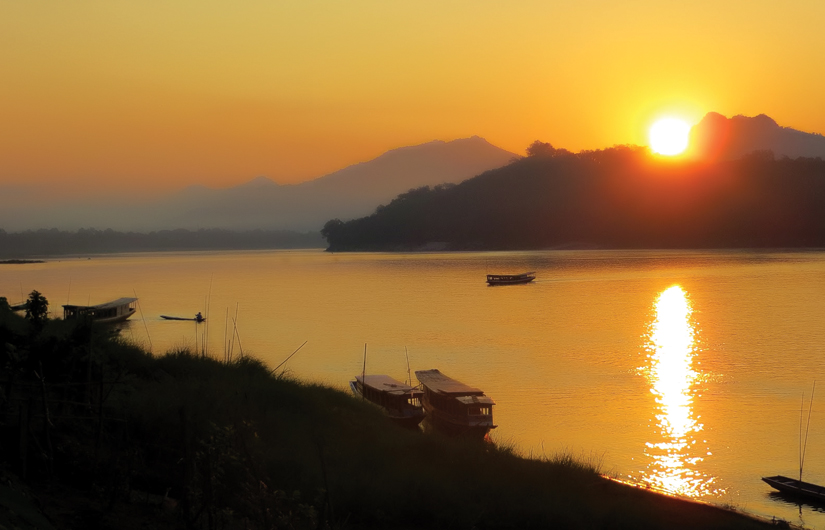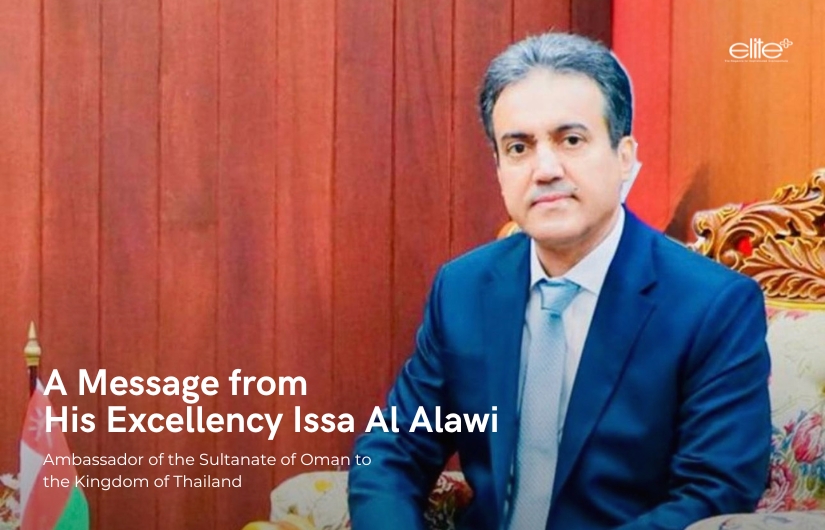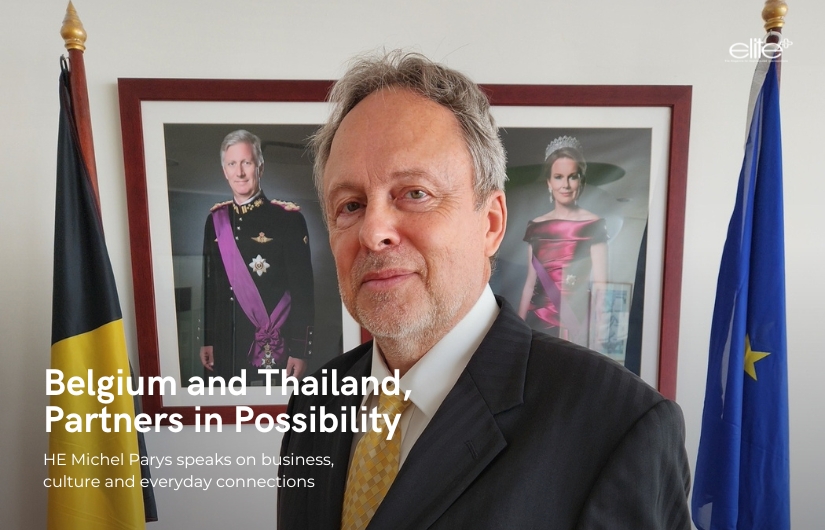With Thailand’s economic growth slowing from 7-8% to 3% in recent years, the forthcoming launch of the ASEAN Economic Community (AEC) has been seen as a way for Thai businesses to find their way back to prosperity. In particular, the Greater Mekong Subregion, with an area of 2.3 million square kilometres and a population of over 260 million, may become an area of great opportunity.

The subregion is set to be transformed by several infrastructure megaprojects, and may provide ideal investment opportunities for Thai entrepreneurs. Economic scholars and regional business pioneers recently met to discuss their prospects at “Thailand and the Greater Mekong Subregion”, a seminar arranged by Bangkok Bank.
The Greater Mekong Subregion, or GMS, refers to the economic cooperation zone along the Mekong River comprising Thailand, Myanmar, Laos, Vietnam, Cambodia and southern China. Major development projects will establish “economic corridors” and improve fundamental infrastructure, including railways, ports and highways, This will strengthen ties in the subregion, facilitate trade and boost industrial, agricultural and other types of businesses. Besides infrastructure, the new era of connectivity is set to improve social well-being and quality of life along the corridors. And since the territory will be better connected, production bases are likely to move to CLMV (Cambodia, Laos, Myanmar and Vietnam) countries where labour costs remain low, thus leading to decreased financial disparity and a regional rise in skilled labour.
“The GMS economic corridors will be divided into three main routes: the east-west, north-south and southern lines,” said Associate Professor Somchai Pakapaswiwat, an independent economist.
“The east-west line will start from Danang and Hue in Vietnam, head left to Savannakhet in Laos and enter Thailand by passing through Mukdahan, Khon Kaen and Mae Sot in Tak before terminating at Mawlamyine in Myanmar.” Assoc Prof Somchai explained that the north-south corridor will separate into three routes to cover Kunming, Yuxi, Simao and Mohan in China; Tachilek in Myanmar; Boten and Luang Namtha in Laos; and Chiang Rai, Bangkok, Prachuap Khiri Khan, Songkhla and Narathiwat in Thailand.
“The last line, called the southern corridor, will begin at Kanchanaburi and stretch east to Sa Kaeo [Thailand], Poipet, Sri Sophon and Phnom Penh [Cambodia], extend to Ho Chi Minh City and finally end at VungTau [Vietnam].”
















































































































































































































































































































































































































































































































































































































































































































































































































































































































